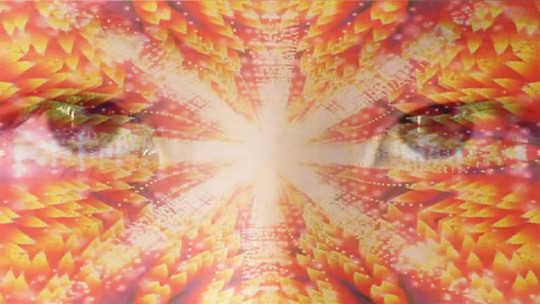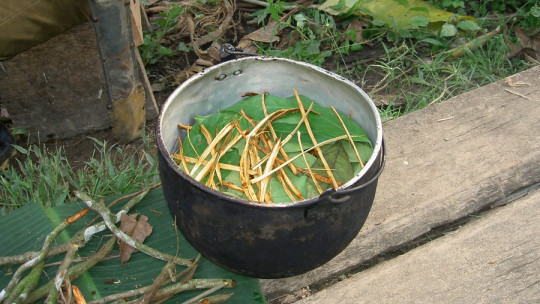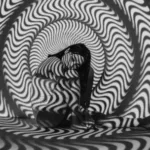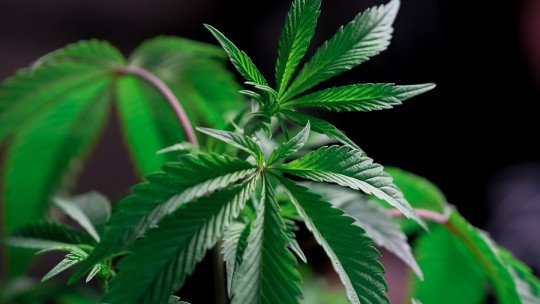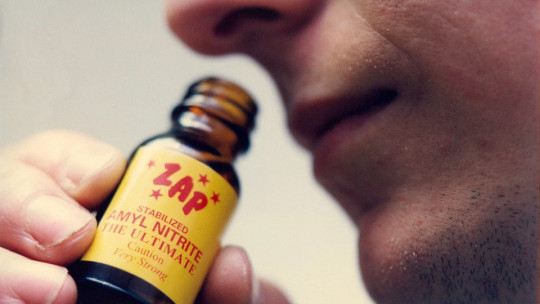
Ayahuasca is an ancient psychedelic drink known worldwide for its transformative and spiritual effects. Native to the Amazon regions of South America, it has been used for centuries by indigenous communities in shamanic ceremonies for purposes of healing, purification and spiritual connection. Prepared from a combination of plants, it contains psychoactive compounds such as DMT beta-carboline alkaloids, which induce intense visionary experiences.
In recent decades, the use of ayahuasca has transcended its traditional context and has gained popularity in international circles, often in search of therapeutic or spiritual benefits. However, this global expansion has also brought with it a number of concerns and risks. Despite its growing reputation in the alternative health arena, it is crucial to understand that Ayahuasca consumption is not without risksboth physically and psychologically.
The risks of using ayahuasca
This article aims to explore the various risks associated with ayahuasca consumption, covering psychological, physical, legal and ethical aspects. As more people seek to participate in ayahuasca ceremonies outside their traditional cultural context, it is essential to provide an informed and balanced view on the possible dangers and precautions necessary. Knowing these risks will allow you to make safer and more conscious decisions regarding your participation in this practice.
Context and use of ayahuasca
Ayahuasca is a psychoactive drink traditionally used by various indigenous cultures of the Amazon region, especially in countries like Peru, Brazil, Colombia and Ecuador. This drink is prepared by decoction of two main plants: the Banisteriopsis caapi liana and the leaves of the Psychotria viridis plant. The combination of these ingredients produces a powerful mixture that has been used for centuries in shamanic ceremonies and healing rituals. In the traditional context, ayahuasca is considered a sacred medicine and is consumed under the guidance of an experienced shaman. These ceremonies aim at spiritual purification, connection with the divine, and physical and emotional healing. Shamans act as spiritual guides, helping participants navigate the visions and introspective experiences that ayahuasca induces.
In recent decades, the use of ayahuasca has transcended its indigenous origins and has gained popularity around the world. Many people seek out ayahuasca as a form of alternative therapy, drawn to its purported mental and spiritual health benefits. This phenomenon has led to an increase in ayahuasca ceremonies being held outside the Amazon, often led by people without the traditional training of indigenous shamans.
However, this global expansion has raised numerous challenges and controversies, including concerns about cultural appropriation, lack of regulation and the possible risks to the health of the participants. As ayahuasca continues to gain attention, it is crucial to understand both its cultural origins and the contexts in which it is used today to properly address its risks and benefits.
Chemical composition and effects
Ayahuasca is a complex mixture of chemical compounds, the most important being N,N-Dimethyltryptamine (DMT) and beta-carboline alkaloids, such as harmaline, harmine and tetrahydroharmine. DMT is a powerful hallucinogen that, on its own, is rapidly broken down by the body when ingested orally.. However, the alkaloids present in the Banisteriopsis caapi vine inhibit an enzyme called monoamine oxidase (MAO), allowing DMT to be active when consumed in the form of ayahuasca.
The psychological effects of ayahuasca are intense and varied. Users often experience vivid visions, changes in the perception of time and space, and profound emotional and spiritual states. These experiences may include encounters with supernatural entities, personal retrospection, and feelings of oneness with the universe. However, not all effects are pleasant; some users may face episodes of extreme fear, anxiety and confusion.
From a physical point of view, ayahuasca consumption can induce nausea, vomiting and diarrhea, often considered part of the process of “purging” or cleansing the body and spirit. Other physical effects include changes in blood pressure and heart rate, which can be dangerous for people with pre-existing health conditions.
At a neurochemical level, DMT binds to serotonin receptors in the brain, especially the 5-HT2A receptor, contributing to its hallucinogenic effects. Beta-carboline alkaloids also have psychoactive properties and may influence brain chemistry in complex and not yet fully understood ways.
Psychological risks
Ayahuasca consumption can involve various psychological risks, ranging from temporary alterations in mental state to more long-lasting effects. One of the main concerns is the potential to induce or exacerbate mental disorders. The intense and often disturbing experience caused by ayahuasca can trigger episodes of psychosis in people predisposed to psychiatric disorders, such as schizophrenia or bipolar disorder. Symptoms may include delusions, hallucinations, and loss of contact with reality, which may persist long after the substance has worn off..
Additionally, the emotional intensity of ayahuasca experiences can lead to psychological trauma. Although some people find the experience offers deep and cathartic insight, others may face overwhelming memories and feelings that they are not prepared to handle. Exposure to these emotional contents can result in post-traumatic stress, prolonged anxiety or even depression, especially if the person does not receive adequate support during and after the process.
Another risk is the difficulty in integrating the experience. The visions and revelations obtained during the ayahuasca ceremony can be difficult to process and understand. Without proper guidance, users may feel disoriented or confused about the interpretation of their experiences and their application in everyday life. This challenge of integration can lead to dissociation or a sense of alienation.
The environment in which the ceremony takes place and the mental and emotional preparation of the participant also play a crucial role. Lack of adequate support, such as that offered by an experienced shaman, increases the risk of negative and psychologically disturbing experiences. Therefore, it is essential that participants are aware of these risks and seek professional preparation and support before and after the ayahuasca experience.
Physical risks
Ayahuasca consumption carries several physical risks that must be seriously considered. One of the most common and obvious effects is the appearance of nausea and vomiting, which many users experience as part of the purging process. Although some people consider this purging a spiritual cleansing, for others it can be extremely uncomfortable and, in some cases, dangerous if it occurs in a severe way.
Another significant risk is drug interactions. Ayahuasca contains monoamine oxidase inhibitors (MAOIs) that can cause serious interactions with medications, especially antidepressants and other drugs that affect the serotonergic system. This interaction can result in potentially fatal serotonin syndrome, characterized by symptoms such as agitation, confusion, high fever, and seizures.
There are also cardiovascular side effects. Ayahuasca can alter blood pressure and heart rate, which can be dangerous for people with pre-existing cardiovascular conditions. These changes can trigger serious complications in individuals with undiagnosed or poorly controlled health problems.. In addition, physical effects such as tremors, excessive sweating, and alterations in motor coordination have also been reported. Although generally transient, these effects can put user safety at risk, especially in an uncontrolled environment.
Legal and ethical risks
Ayahuasca consumption presents a series of legal risks and ethical considerations that must be carefully evaluated. In legal terms, the legality of ayahuasca varies significantly around the world. In some countries, its use is permitted within specific religious or therapeutic contexts, while in others it is completely illegal due to the presence of DMT, a controlled substance in many jurisdictions. It is crucial that interested parties research and understand local laws before participating in ceremonies to avoid legal problems..
From an ethical perspective, the use of ayahuasca outside its traditional context raises several concerns. Cultural appropriation is a relevant issue, as many modern ceremonies are led by facilitators who do not have the same knowledge or respect for the traditional practices of indigenous communities. This can lead to commercial exploitation of sacred practices and a lack of respect for the native culture. Furthermore, marketing ayahuasca without the appropriate cultural context can trivialize its use and potentially put the health and well-being of participants at risk.
Conclusions
In conclusion, although ayahuasca offers profound and transformative experiences, its consumption carries significant psychological and physical risks. Possible drug interactions, severe side effects, and legal issues are crucial concerns. Additionally, cultural appropriation and lack of proper context can raise ethical dilemmas. It is essential that those considering its use are well informed and seek a safe and respectful environment.

